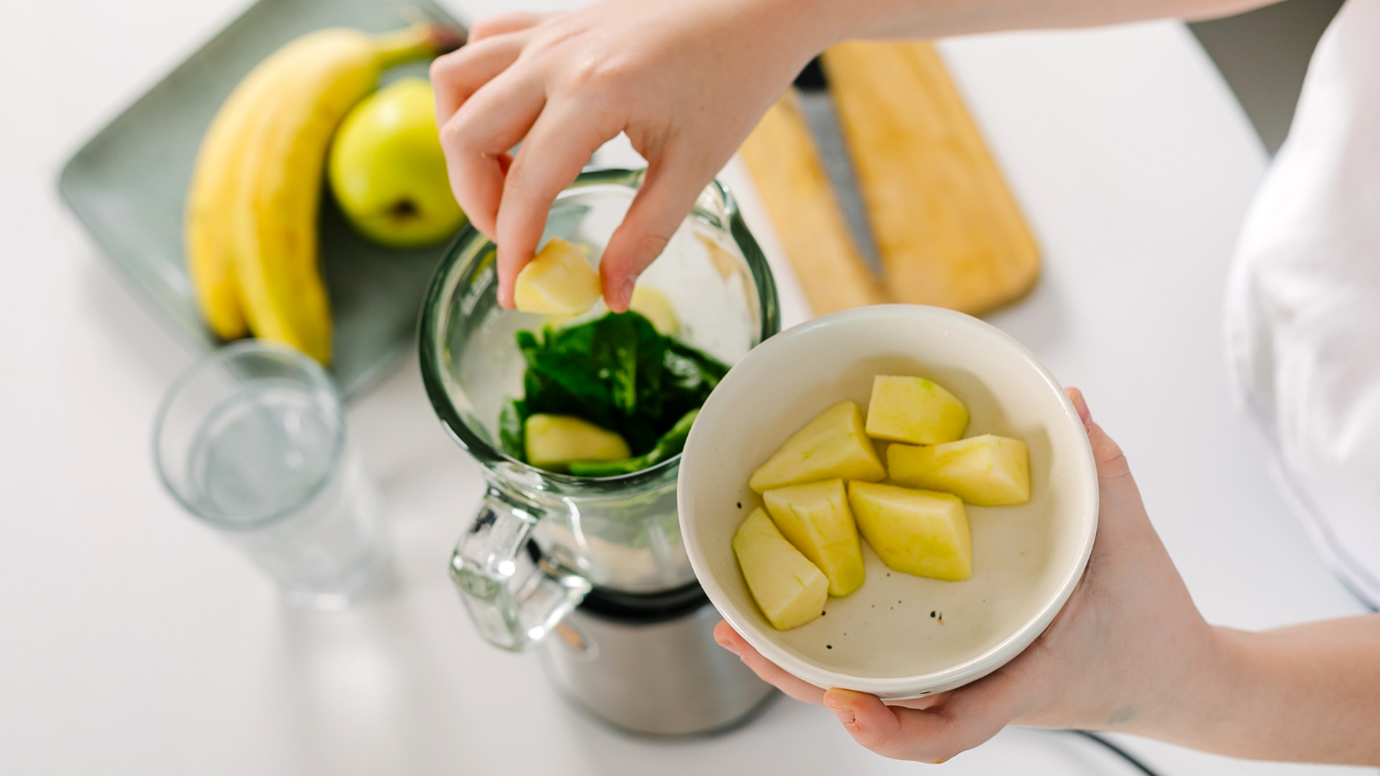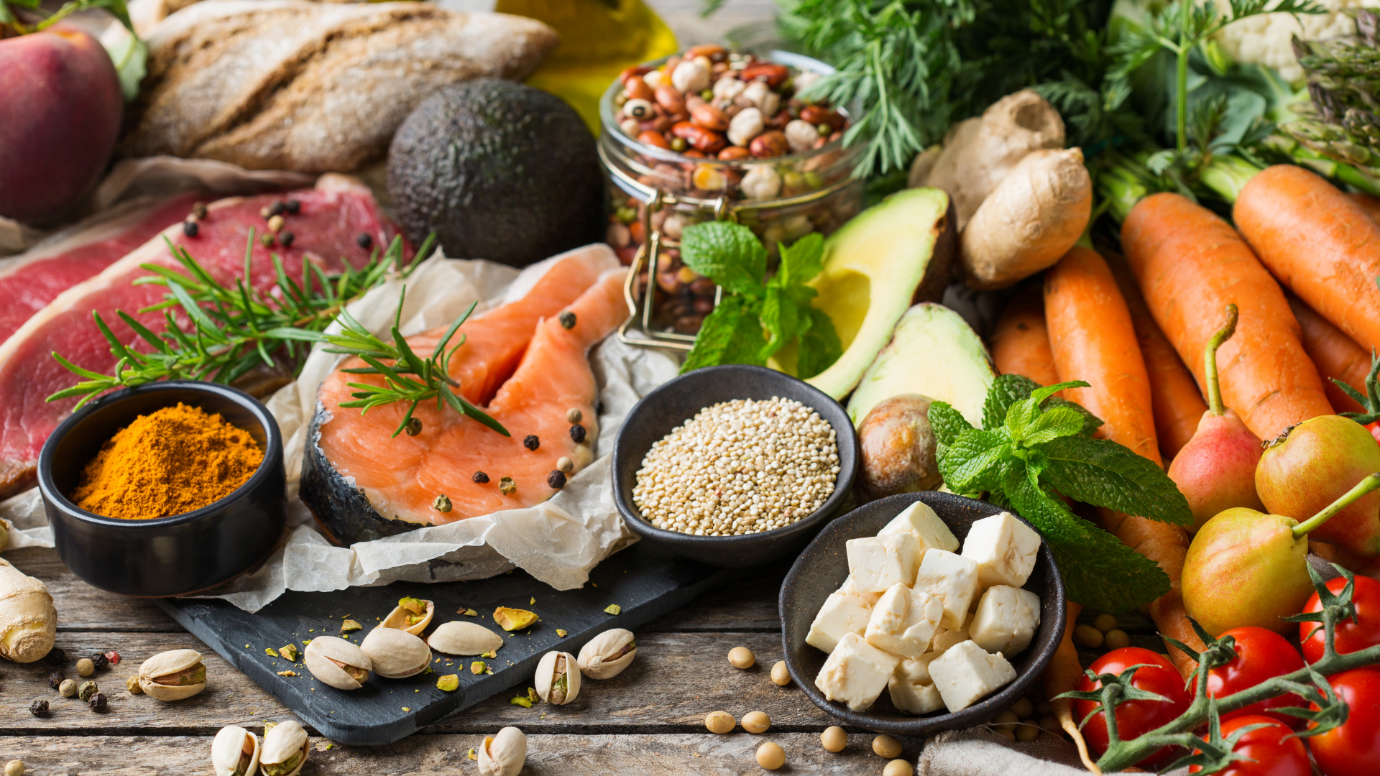Cravings vs Hunger- How to Differentiate?

It is quite common for individuals to reach for potato chips or chocolate even after a full meal, or to experience some kind of unappeasable hunger. You see, a lot of folks just can’t tell real hunger from plain cravings!
In this blog, we will share the distinctions between these two feelings and demonstrate how recognizing them can assist in enhancing our dietary preferences.
So, hang tight because we are about to delve into an ancient query– what differentiates hunger from a craving?
How is Hunger Different From Craving?
Hunger and cravings, which are commonly taken as synonyms, are not exactly the same.
They may both result in one consuming food, but the intention and effects of every kind of appetite are dissimilar.
To explore this further and see why it matters, let’s take a closer look at the difference between being hungry and having a craving!
- Our bodies let us know they need nutrients by making us feel hungry. When we have hunger pangs and eat, we give our bodies what they need to stay healthy – including energy for everything we do.
- Nevertheless, emotional or psychological factors usually give rise to cravings that are not really as a result of hunger, e.g., a sudden appetite for either salty or sweet items right after a complete meal.
- If you give in to your cravings, you might end up overeating. This can increase the likelihood that you will gain weight and become obese– which in itself comes with further health risks like heart disease or diabetes.
What is The Reason Behind Cravings?
If giving in to cravings has downsides, then why does the urge behind them persist? The answer has to do with dopamine: a neurotransmitter that’s sometimes called the “pleasure hormone.”
When we eat something we love, our brain releases this chemical– leading to feelings of enjoyment and satisfaction. It just wants more (and so convinces you).
However, unlike hunger, which diminishes after we consume meals that are packed with nutrients, cravings are never completely satisfied. They may persist and lead to overeating foods that are not good for us!
How to Cope With Cravings?

Do you find yourself yearning for chips or sweets all the time? You’re not alone! It’s hard to say no to cravings, but there are ways to deal with them. Find out more— and how you can beat those intense urges.
a. Identify your triggers
To manage cravings effectively, start by pinpointing your triggers– whether these are particular moments, feelings or activities that prompt you to reach for junk food. Instead of caving in, tackle them head on once identified.
b. Address the trigger
If feeling tired or bored often leads you to snack, make sure you prioritize sleep and find things to do when you’re worn out.
It’s easier to avoid eating mindlessly if your mind is busy with something else. Quality rest is important– and so are absorbing hobbies!
c. Talk to people
In times of cravings, seeking assistance is paramount.
One could engage his relatives, or interact with support groups members to help each other in coming up with solutions for their issues.
Sometimes just talking to someone can make all the difference when it comes to beating a craving.
d. Redirect your thoughts
One more useful suggestion is to use visualization or non-food scents to change your mindset.
Picture yourself as strong and capable of overcoming cravings, or try inhaling a fragrance such as lavender– it’s proven to lower levels of stress hormones in the body, plus make you feel less hungry.
e. Stay hydrated
Don’t overlook staying hydrated! Consume a minimum of 64 ounces of water daily, and sip steadily from morning till night.
At times, we confuse hunger with thirst– causing us to snack when all we really need is fluids.
f. Eat every few hours
To control cravings, stick to a regular mealtimes. Having balanced meals and snacks every few hours stops you feeling famished (when you’re most likely to grab junk food on impulse).
g. Exercise
Finally, participating in physical activities can be an effective strategy for dealing with cravings.
Exercise not only uses up energy but also releases feel-good chemicals called endorphins that can improve mood and decrease stress— both of which can prompt cravings.
Practice Mindful Eating

Eating can seem dull when you’re busy, but did you know it could be fun? Mindful eating makes meals tastier and helps fend off cravings. Try these tips to do it yourself:
- Establish a calm atmosphere by blocking out distractions while eating
- Be mindful with each mouthful and put down utensils between bites
- Commence meals when moderately hungry; cease being before feeling full
- Practice active awareness throughout to prevent mindless munching
- Use chopsticks or a stopwatch to help slow your pace
- Stop eating when satisfied even if food remains, rather than continuing “just because it’s there”
- Make nutritious items more visible at home or work while hiding less-good-for-you treats so they’re less obvious
Don’t forget the importance of relaxation in managing stress for mindful eating.
Discover healthy ways to unwind– you’ll enjoy your food more and sidestep those unwanted cravings. Here’s to happy mindful meals!
Final Thoughts
To sum it up, knowing how cravings vary from hunger is vital if we want to stay healthy.
We need to eat good meals to keep well– but sometimes we mistake cravings for hunger. If we give in to these urges or eat too much, there could be bad effects on our health.
If we pay attention to our bodies’ cues and choose foods carefully, we can avoid gaining weight and lower our chances of problems tied to obesity.
Instead of just giving in to urges, let’s hear what our bodies really want: nourishment. It could make for a life that’s both healthier and more content!




